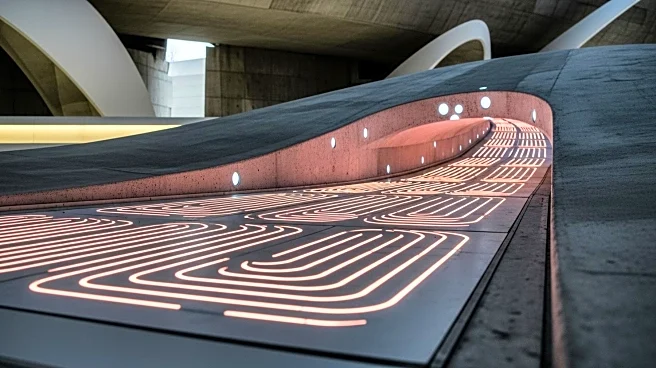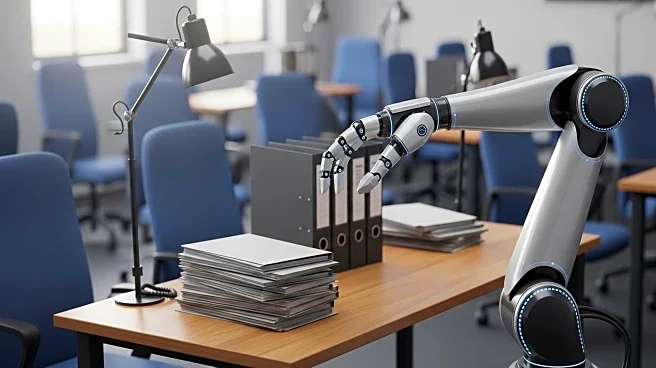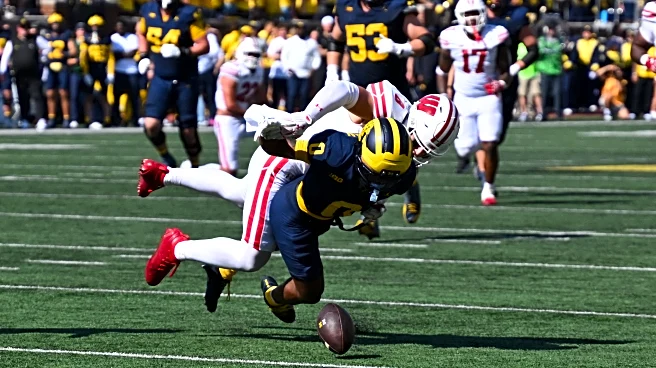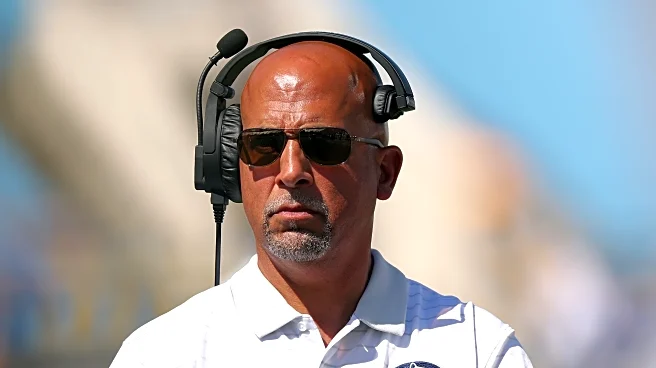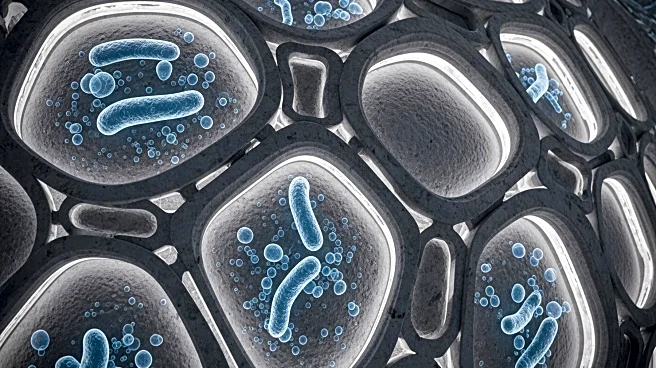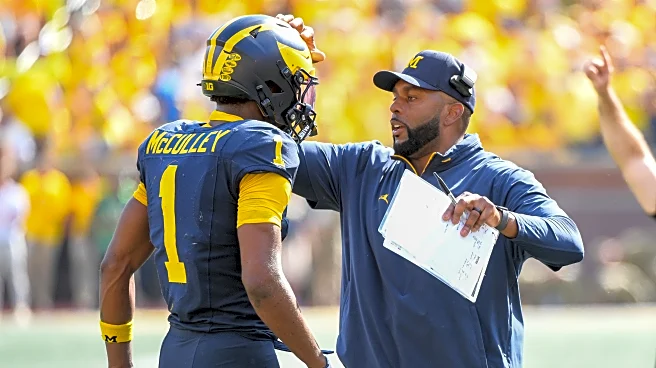What is the story about?
What's Happening?
Michigan State University (MSU) has unveiled a new type of concrete that possesses self-heating and self-healing properties. This innovative material, developed by MSU researchers, aims to address common issues associated with traditional concrete, such as cracking due to bending or stretching. These cracks can lead to water and chemical seepage, causing corrosion of steel reinforcements and potholes when water freezes. The new concrete, led by Associate Professor Bill Jin from the College of Engineering, is designed to bend rather than crack, making it twice as strong in compression compared to standard pavement. Laboratory tests indicate that this concrete can last three to four times longer than conventional concrete. The project, which took over two years to develop, is seen as a significant advancement in infrastructure technology, particularly in regions with harsh weather conditions like Michigan.
Why It's Important?
The development of self-heating and self-healing concrete at MSU represents a major breakthrough in infrastructure technology. This innovation could lead to significant cost savings in road and sidewalk maintenance, as the material's durability reduces the need for frequent repairs. The ability to withstand harsh weather conditions without cracking is particularly beneficial for areas prone to freezing temperatures, potentially improving road safety and reducing maintenance costs. Furthermore, this advancement highlights the role of academic institutions in addressing real-world challenges and contributing to technological progress. If successfully scaled, this concrete could revolutionize the construction industry, offering a more sustainable and cost-effective solution for infrastructure development.
What's Next?
The next steps for MSU's self-heating and self-healing concrete involve scaling the technology for broader application. University President Kevin Guskiewicz emphasized the importance of long-lasting infrastructure and the potential cost savings if the material is implemented effectively. The university may seek partnerships with industry stakeholders to commercialize the technology and integrate it into public infrastructure projects. Additionally, further research and testing may be conducted to optimize the material's performance and ensure its viability in various environmental conditions. Stakeholders, including government agencies and construction companies, are likely to monitor the progress of this innovation closely, considering its potential impact on infrastructure development and maintenance.
Beyond the Headlines
The introduction of self-heating and self-healing concrete could have broader implications beyond immediate infrastructure benefits. Ethically, the development of more durable materials aligns with sustainability goals, reducing the environmental impact of frequent construction and repair activities. Culturally, this innovation may influence public perception of infrastructure quality and reliability, potentially increasing trust in public works. Long-term, the widespread adoption of such materials could lead to shifts in construction practices, prioritizing durability and sustainability. This development also underscores the importance of investing in research and development to address societal challenges, highlighting the role of universities as catalysts for innovation.
AI Generated Content
Do you find this article useful?
